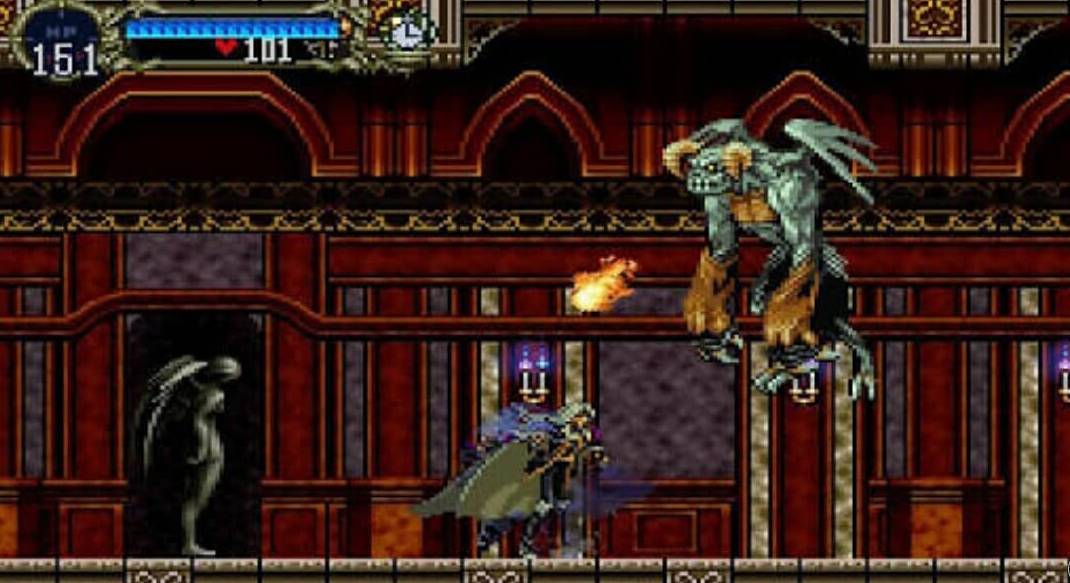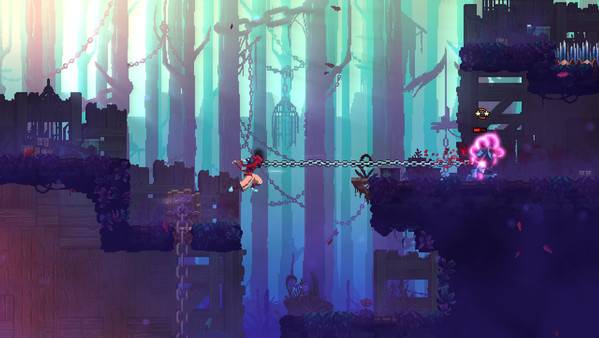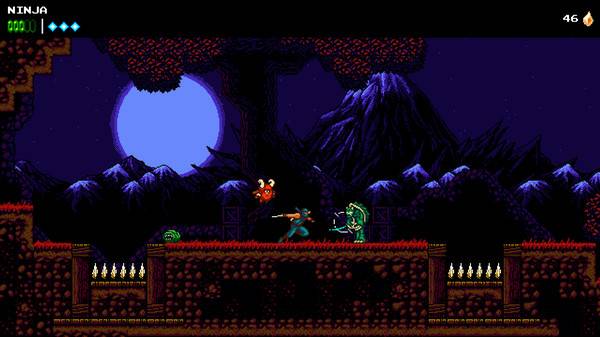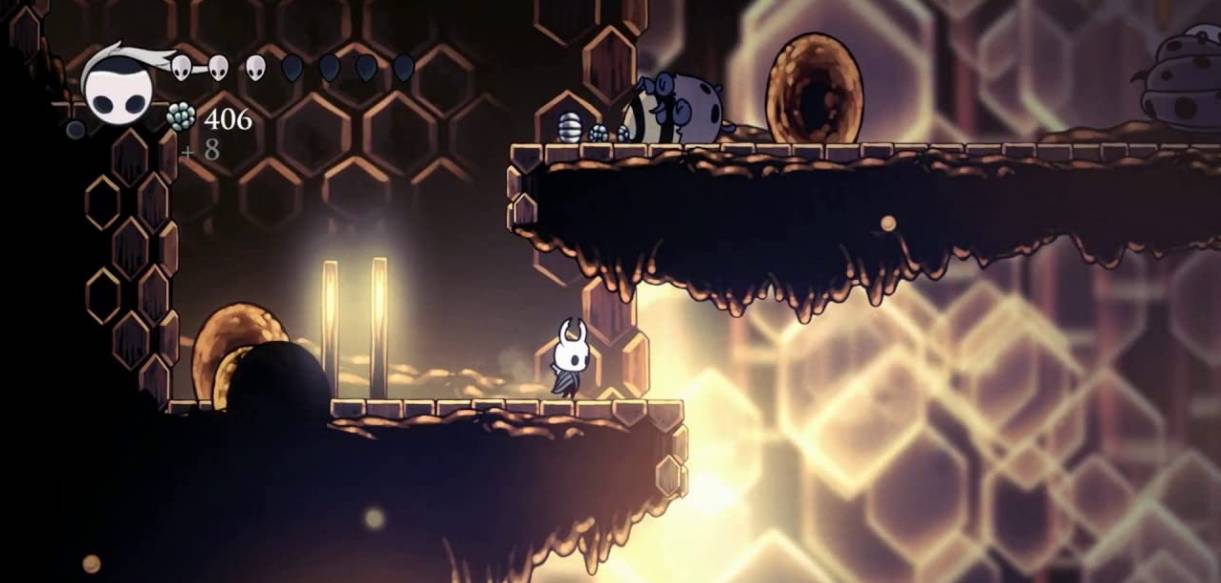Honorable Mentions: ‘Super Metroid’ and ‘Castlevania: Symphony of the Night’
I thought about leaving both Super Metroid and Castlevania: Symphony of the Night out of this list. I’ve even discussed this with my colleagues. (Coincidently, that’s when I start to receive the death threats by mail…) Anyway, these games that defined the subgenre still hold up amazingly well more than two decades after they respectively hit the Super Nintendo and PlayStation. Every other Metroidvania ever made needs to compare itself to the classics.
That being said, we should be forever grateful to both Super Metroid and Castlevania: Symphony of the Night for shaping the non-linearity of 2D action-adventure games. While non-linearity in games wasn’t born in the 1990s, both Super Metroid and Symphony of the Night perfected the 2D exploration by creating a vast interconnected overworld filled with secrets to explore. Both games also partially limit the overworld exploration with challenges that can only be overcome by using specific tools, usually guarded by colossal boss battles.
However, the two games have a lot of significant differences: Symphony of the Night incorporates many RPG elements that are absent in Super Metroid. On the other hand, without leveling-up and learning secret moves for each weapon, Super Metroid can focus on more straightforward combat. Both paths are ideally suited for Metroidvanias, and both games have influenced dozens of outstanding titles over the years. An honorable mention is the least we could do to pay our respects.
5. Dead Cells
I’ve hesitated to put Motion Twin’s Dead Cells on this list, as it’s not precisely a Metroidvania. For starters, Dead Cells doesn’t have free exploration and backtracking, as each section of its huge map gets forever closed when you move forward to the next one. You can only revisit areas of the map after getting killed or beating the final boss, both things that’ll lead you straight to the starting point. There’s no doubt Dead Cells is a Roguelite, another trendy subgenre based on the repetition of runs and a limited permanent progression. Yet, what makes Dead Cells such a unique Roguelite is how it applies the die-rise-repeat gameplay loop to the Metroidvania formula.
We have a 2D game with a lot of platforming involved, and even if you lose most of your progression when you die, you still get permanent tools that allow you to reach gated areas on each part of the map. While the overworld is not freely explorable, there are still secrets to uncover with your new tools, a defining element of Metroidvanias. Lastly, even if the map is randomly generated, exploration is essential to get upgrades that’ll make you stronger and get an edge in the impressive boss battles.
I’m well aware this is the most controversial entry on this list. However, Dead Cells was the first game to try to mix Metroidvanias and Roguelites. And while it deviates a lot from the classic subgenre formula, Dead Cells stills has a lot of the Metroidvania DNA.
4. Yoku's Island Express
What if we took the Metroidvania formula and mixed it with a pinball game? That’s what the crazy minds at Villa Gorilla did with Yoku’s Island Express.
Yoku’s Island Express checks all the main boxes of the Metroidvania genre, with a vast interconnected world filled with secrets. The whole world, however, is an enormous pinball machine. All the movement and exploration in the game happens as in a pinball game, with the player controlling paddles to hit a ball that’s attached to the protagonist, a dung-beetle named Yoku. Yoku’s ball also receives many upgrades as the player progresses through Yoku’s Island Express, allowing it to break particular targets or stick on special surfaces. While the player is always playing with paddles and a ball, there are unique ways to interact with the overworld, as new areas get unlocked by the new tools the player discovers.
If you hate pinball, Yoku’s Island Express probably won’t change your mind. Nevertheless, Yoku’s Island Express is a perfect example of how the classic Metroidvania formula can be successfully mixed with other genres to create a fresh experience that’s unlike anything else you’ve ever seen.
3. The Messenger
Putting Sabotage Studio’s The Messenger on a best Metroidvanias list is kind of a spoiler. Sorry about that. The game is presented as a classic action-platformer, inspired by the first Ninja Gaiden games. There’s no overworld to explore, and by finishing a level, you are just taken to the next one. Playing as a ninja messenger, the player’s goal is to reach the top of a mountain. When you finally do, the whole game changes.
Every level you’ve visited so far is revealed as a small piece of a massive map that the player can freely explore while trying to prevent a demonic invasion. What’s even better is that the player has two maps to wander through, as The Messenger takes place in two different eras and the player needs to jump from the past to the future to reach every corner of the world. To make things even more impressive, the transition between past and future also changes the graphics and sound of the game; the past world is designed in 8-bit (as in the NES), while the future world uses 16-bit (as in the Super Nintendo).
The time-changing is more than a gimmick; it’s a clever statement about the video game industry that shows how the Metroidvanias are an evolution of the classic action-platformers, created by connecting the levels and introducing a lot of exploration. The Messenger is also extraordinarily polished and responsive, making it an unmissable title for any lover of Metroidvanias.
2. Iconoclats
Iconoclasts is an almost perfect Metroidvania. It has an interconnected world that can be explored non-linearly, new tools, 2D platforming and combat… the whole package! It has dozens of bosses, excellent level design, satisfying combat, and a well-written story. What else could you want from a Metroidvania? What about a unique world?
A lot of Metroidvanias try to simulate Metroid’s sci-fi isolation or Castlevania’s gothic fantasy, but Iconoclast follows its own path with a Hideo Kojima-level narrative — yes, it’s crazy, filled with plot twists, set in a completely original world, and with a lot of philosophical discussions happening on the background.
In a world where the state regulates mechanical repairs, the player controls a rogue mechanic, Robin, as they uncover a conspiracy involving machines and the superpowered beings that lead a fascist regime. It’s just as good as it sounds. What makes Iconoclasts an even more impressive entry in our ranking of best Metroidvanias is the fact that this game was developed almost entirely by a single person, Joakim Sandberg, for eight years. Someday I’ll have this level of commitment.
1. Hollow Knight
There’s no surprise in putting Team Cherry’s Hollow Knight on top of any best Metroidvanias list.
Hollow Knight’s unique story takes inspiration from the Dark Souls franchise to tell the tale of a fallen kingdom, with bits and pieces of the game’s lore spread everywhere. The level design of Hollow Knight is outstanding; the whole world is built upon the ruins of an ancient civilization with wholly different levels stitched together naturally. There’s also a ton of secrets to uncover, and exciting new abilities to unlock. Hollow Knight does the best with the least, and all the new skills you collect are used both in exploration and combat, with dozens of bosses that demand the player to master both positioning and reaction. And what satisfying combat it has! Hollow Knight’s controls are incredibly responsive, enemies’ patterns are varied, and each challenge is unique. This is a game that demands perfection on both combat and platforming, but by giving the player a simple control pattern and precise reaction, it never feels unfair.
There’s no arguing that Hollow Knight became a new standard for Metroidvanias and the video game industry in general. We rarely get to play a game so well polished and engaging, to the point that “perfection” doesn’t sound like hyperbole. Nevertheless, that’s precisely what Hollow Knight offers: Perfection.




